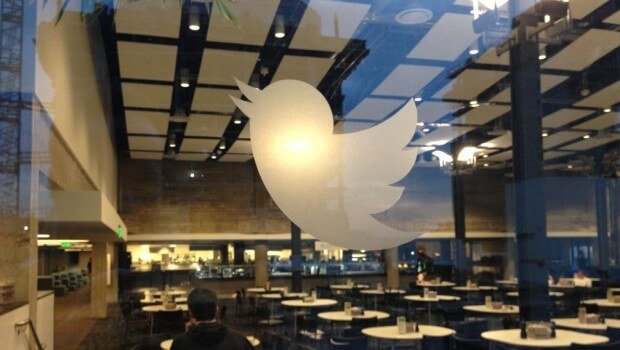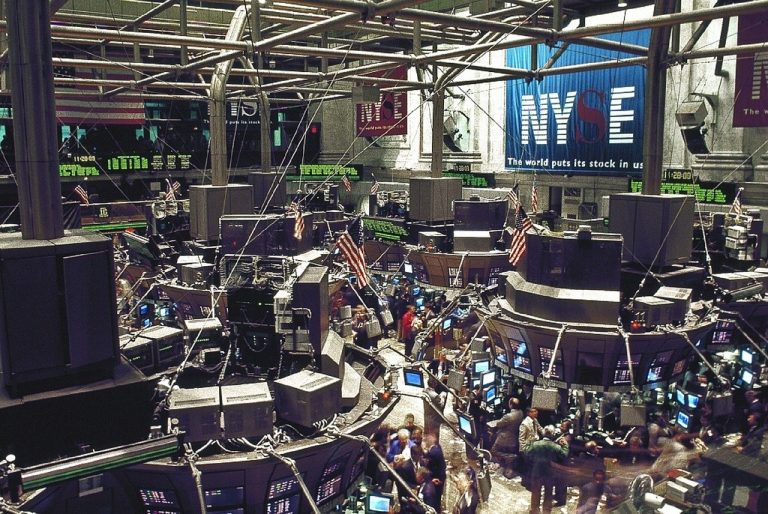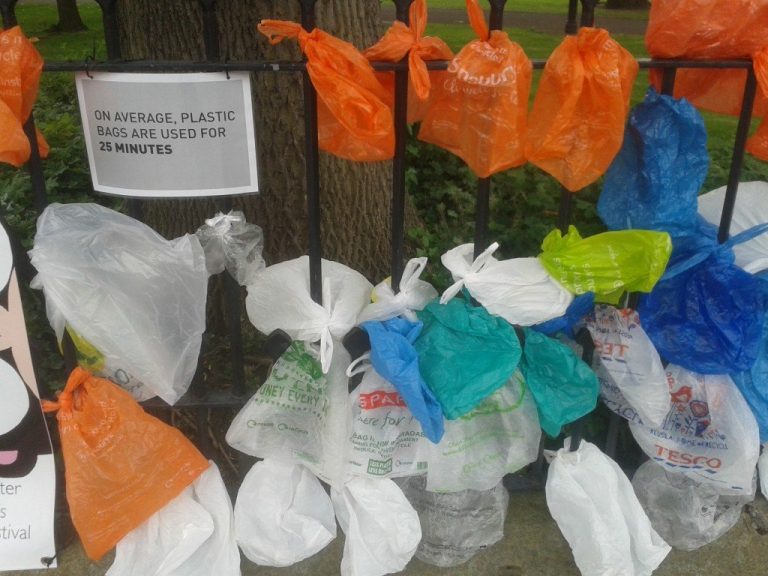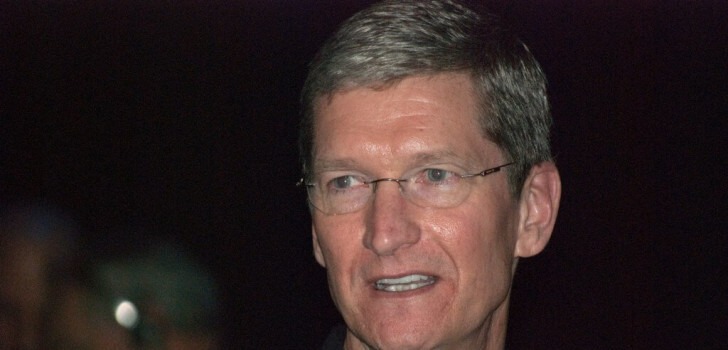The hoverboard sensation seemed to spread across the United States and Europe during the holiday season. Unfortunately, the innovative and futuristic mode of transportation is not all that it is cracked up to be and the hoverboard industry is literally under fire for producing defective products. In fact, as quickly as the hoverboards sold, many of them were recalled. Amazon went so far as to remove them from its site and to offer full refunds to those who purchased various models.
Now, a British YouTube “vlogger” has produced video evidence of just how dangerous the self-balancing scooters can be. He actually captured on video a hoverboard exploding into fire on the device’s first run. (Note: hoverboards are in no way synonymous with the brand Segway and are not manufactured by Segway.)
Stephen Leenott (who posts videos under the name of BuleBritish) recently purchased a new hoverboard from eBay. Upon receipt, he charged the battery overnight, planning to take it on its first run the following morning. When he initially stepped on the board and tried to start it, nothing happened and it appeared dead.
Leenott began to tilt the hoverboard to try and get it going. However, the hoverboard started to make a hissing sound which was then followed by smoke and finally a burst of fire.
Following the burst of flames, the video shows Leenott attempting to pour water on the board to extinguish the fire. But, he is quick to point out that doing so was not the smartest move: “Don’t use water on electrical fires. This was not planned. My first thought was to run and fill the kettle to pour cold water on it. Why? I don’t know, it’s a fire. Put water on it was my first reaction.”
Luckily, Leenott conducted his test run outside and the fire did not cause any damage. Some people have not been so lucky. Hoverboards caused several house fires recently when the scooters went bezerk.
While it is not exactly known what caused this specific fire, there are a few possibilities. First, the boards run on lithium batteries, which have a tendency to explode if configured incorrectly. Also, many of these boards have poorly constructed and assembled motors and electrical wiring, which also could have caused the fire. And, these are just a few of the possible defects.
Properly constructed hoverboards from reputable companies do not necessarily pose a fire risk. However, many Chinese factories pump out shoddy counterfeits and cheap alternatives that are simply accidents waiting to happen. The safety fears of these knockoffs have caused governments to take notice, including the issuance of warnings and the impounding of all hoverboards at some ports of call.
Currently, they are illegal to ride on public roads and sidewalks within the United Kingdom and some parts of the United States, including New York.



























